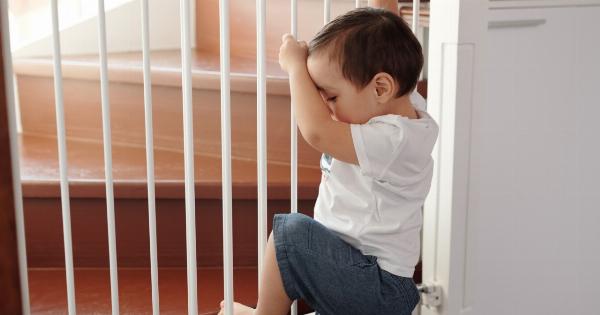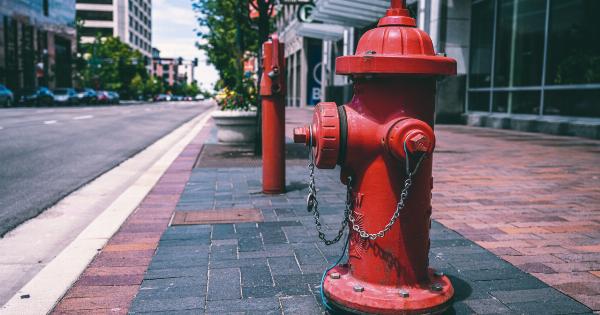As parents, ensuring the safety of our children is always a top priority. While we may think that our homes are safe havens, there are still potential hazards lurking around every corner.
From sharp objects to chemicals, it’s crucial to educate ourselves and our little ones on how to stay safe at home. In this comprehensive home safety guide for kids, we’ll discuss various areas within the house that require extra caution and provide invaluable tips to create a secure environment for our children.
1. Kitchen Safety
The kitchen is filled with potential dangers, so it’s important to establish strict safety rules:.
• Always keep children away from hot surfaces, such as stoves and ovens.
• Use stove guards to prevent accidental burns.
• Store sharp utensils and knives in a secure drawer or on high shelves.
• Lock away cleaning supplies and detergents.
2. Bathroom Safety
The bathroom is another area where accidents can easily happen:.
• Never leave young children unattended in the bathroom.
• Secure the toilet lid with a childproof lock.
• Set the water heater temperature below 120°F (48°C) to avoid scalding.
• Keep medications and personal care products out of children’s reach.
3. Living Room and Bedroom Safety
Creating a safe environment in the living room and bedroom is essential:.
• Cover electrical outlets with childproof covers.
• Secure heavy furniture, such as bookshelves, to the wall to prevent tip-overs.
• Keep windows locked or safeguarded with window guards.
• Ensure that blinds or curtains have no loose cords or strings that can be a strangulation hazard.
4. Backyard Safety
When kids play outdoors, these safety measures are crucial:.
• Establish boundaries and teach children to stay within them.
• Install a sturdy fence with a locked gate.
• Regularly check outdoor play equipment for any loose bolts or sharp edges.
• Remove potential tripping hazards, such as toys or garden hoses.
5. Emergency Preparedness
It’s important for children to be prepared for emergencies:.
• Teach kids how to dial emergency services and provide a list of important phone numbers.
• Create an emergency evacuation plan and practice it regularly.
• Install smoke detectors and carbon monoxide alarms in appropriate areas.
• Keep a fully stocked first-aid kit readily accessible.
6. Fire Safety
Being aware of fire hazards can save lives in an emergency:.
• Teach kids the “stop, drop, and roll” technique if their clothes catch fire.
• Regularly check smoke detectors and change batteries as needed.
• Create a fire escape plan with clearly marked exits in case of a fire.
• Keep flammable objects, such as lighters and matches, out of children’s reach.
7. Stranger Danger
Children should understand how to stay safe from strangers:.
• Teach kids to never open the door to strangers when home alone.
• Instruct children to always stay within their designated safe areas while outside.
• Teach kids to be wary of accepting gifts or rides from unknown individuals.
• Create a “safe word” that only trusted individuals know to ensure their safety.
8. Pet Safety
Interactions between children and pets should always be supervised:.
• Teach kids to respect animals and never pull their tails or ears.
• Show children how to properly approach and handle pets.
• Keep pets’ food and water bowls out of children’s reach to avoid accidents.
• If introducing a new pet, monitor their interactions with children closely.
9. Internet Safety
The digital world holds its own set of dangers for children:.
• Establish strict rules for internet usage and educate kids about online risks.
• Use parental controls and consider monitoring software to keep children safe online.
• Teach kids to avoid sharing personal information or engaging with strangers online.
• Encourage open communication with children about their online activities.
10. Home Maintenance and Repairs
Keeping up with home maintenance ensures a safer living environment:.
• Repair any loose floorboards, stairs, or other potential tripping hazards.
• Regularly check and replace damaged electrical cords and wires.
• Keep tools and equipment locked away to prevent children from accessing them.
• Remove or cover any exposed nails or sharp objects.






























